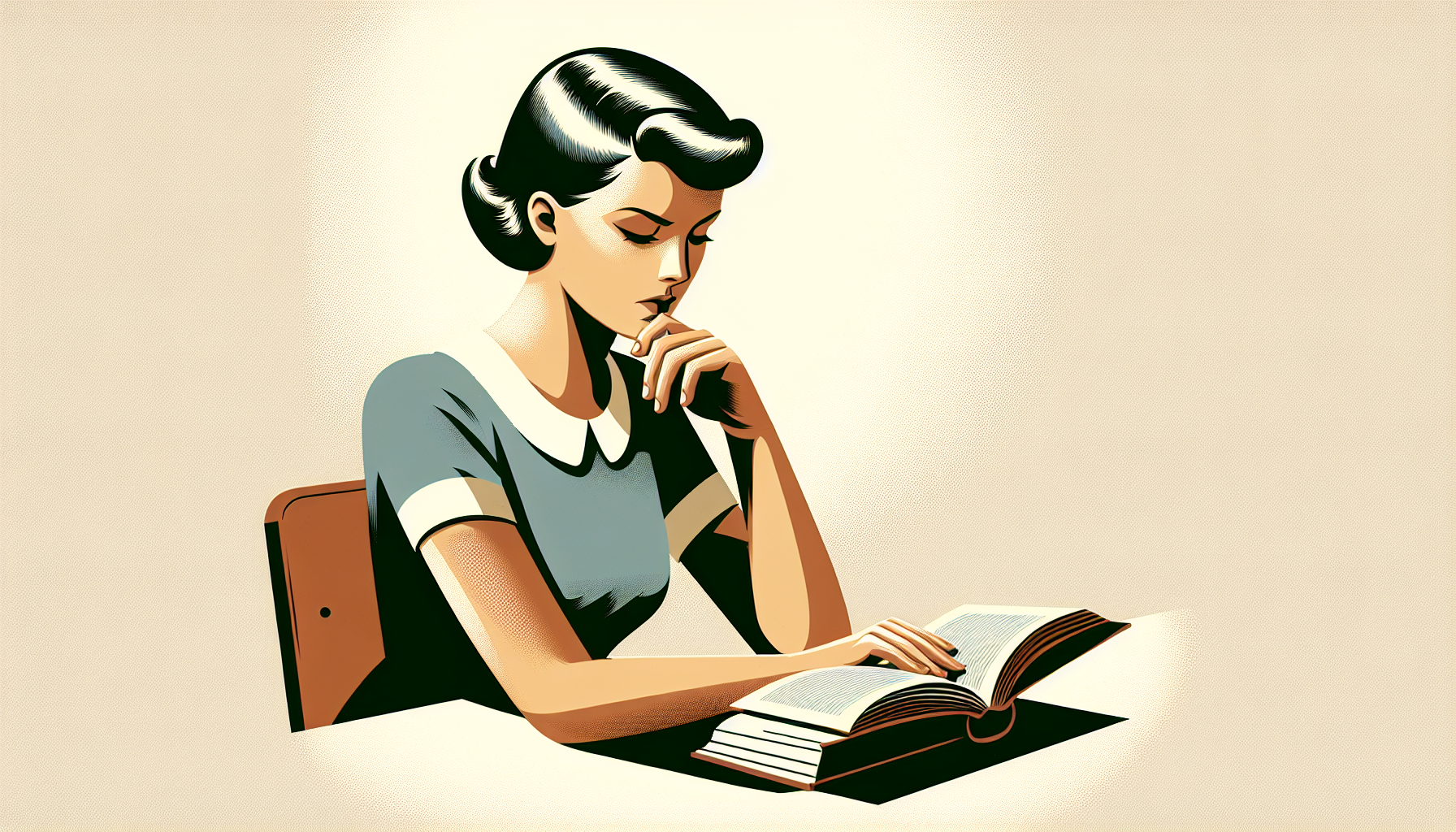Art is one of humanity’s proudest inventions. We paint, sing, sculpt, write poetry—or at least dabble on the ukulele—because it feels essential to being human. So when machines start writing stories, composing music, or generating what look suspiciously like real paintings, it raises some big questions. Can a machine truly create art? More pointedly, should we call the outputs of artificial intelligence “original,” or even “creative,” at all? Let’s take a thoughtful stroll through this particularly prickly philosophical garden.
What Do We Mean by “Creativity”?
First, let’s untangle the word “creativity.” When you wrote your first poem as a child—possibly about your cat, or the existential woe of vegetables—what made it creative? Three things typically come to mind:
- Novelty: The idea, form, or content is new (at least to you).
- Intent: You were trying to express something, even if it was just how you feel about broccoli.
- Value: Someone (not necessarily everyone) finds the result meaningful or beautiful.
Artists throughout history have mined these elements in various ways. Sometimes they work hard to be original; other times, they borrow shamelessly and still produce something moving. This ambiguity is part of the fun. Enter artificial intelligence, stage left.
How AI “Creates” Things
Modern AI models—like those making art from your text prompts or composing music—aren’t inspired by muses. Instead, they’re statistical engines, trained on mountains of data created by humans. Imagine feeding a robot every novel, every painting, every symphony, and asking it, “Now do something like this.” AI doesn’t understand joy, heartbreak, or what it feels like to stub your toe. It identifies patterns, recombines them, and produces outputs that can—if you squint—look a lot like creativity.
Some find this unsettling. After all, if a machine can produce a convincing sonnet or a captivating landscape, does that mean our own creativity is just remixing what came before? If so, should we be worried—or maybe just a little flattered?
Is AI Truly Creative?
Here’s where the ethics get interesting. Is AI’s output “original”? Well, technically, every sentence I write here is a rearrangement of words and ideas I’ve picked up somewhere. AI systems function in much the same way, albeit with less complaining about inspiration.
The difference often comes down to intent. When a human writes a song, there’s a motivation: self-expression, sharing an emotion, maybe just winning a bet. Machines, so far, lack that inner spark. They aren’t daydreaming about colors, nor trying to capture a childhood memory in oil paint. Their outputs are new only in the sense that the combinations have never existed quite like this before. But there’s no inner life, no hidden meaning—unless we, the audience, give it one.
The Audience’s Power
This leads us to a curious paradox: art has always depended on the audience. A painting evokes feeling not because the canvas cares, but because we do. A perfectly executed sonnet means nothing to a cat, for example, but can move a person to tears (or at least, a polite nod).
If an AI-generated painting moves someone, is it any less art? Perhaps the real question isn’t whether the creator is sentient, but whether the observer is. The act of interpretation, meaning-making, and emotional response remains a uniquely human domain (cats, again, excluded).
Ethical Quandaries: Ownership and Authenticity
Of course, the ethics of AI-generated art extend beyond philosophical hair-splitting. There are questions of ownership—if an AI creates a symphony, do we credit the programmer, the data it was trained on, or the machine itself? If an algorithm produces a painting that sells for millions, should the original artists whose works were used to train the model get a cut?
There’s also the unsettling possibility of deepfakes and forgery. If a machine can imitate a famous artist or mimic a writer’s style, who’s responsible when people are deceived—or when the value of authenticity itself erodes?
Can AI “Originate” Art?
This is the million-dollar question. If to originate is to generate from nothing, AI fails the test; it is, in essence, a great synthesizer. Yet, is any human artist truly working with a blank canvas? Even our wildest ideas are shaped by culture, memory, and the great messy stew of humanity. AI just does it without the awkward teenage years and existential dread.
And here’s the cheeky twist: sometimes, the boundaries between “human” and “machine” aren’t as clear as we like to think. Collaboration is possible. Artists already use AI as a tool—like a cosmic paintbrush, with just a hint of attitude. Whether for inspiration, production, or remixing, the blend of silicon and soul is becoming commonplace.
Living With Our Artistic Robots
Should we be afraid? Maybe a little. AI forces us to reflect on what makes human creativity distinctive. Is it just the product, or something richer—the tangle of memories and desires that underlie our urge to create? Perhaps our uniqueness isn’t threatened by AI creativity, but clarified by it.
As we give machines more skill in generating art, we need to maintain space for curiosity, accountability, and empathy. We must make transparent how AI-generated works are made, and ensure that human creators—living and dead—are respected along the way. Most importantly, let’s not lose the delight in making, sharing, and responding to art, whether its author is a tortured poet or a well-fed motherboard.
After all, if a machine can make us laugh, cry, or scratch our heads, maybe that’s a kind of creativity too. Just don’t expect an AI to listen to your woes about vegetables. That, sadly, is a purely human struggle.

Leave a Reply